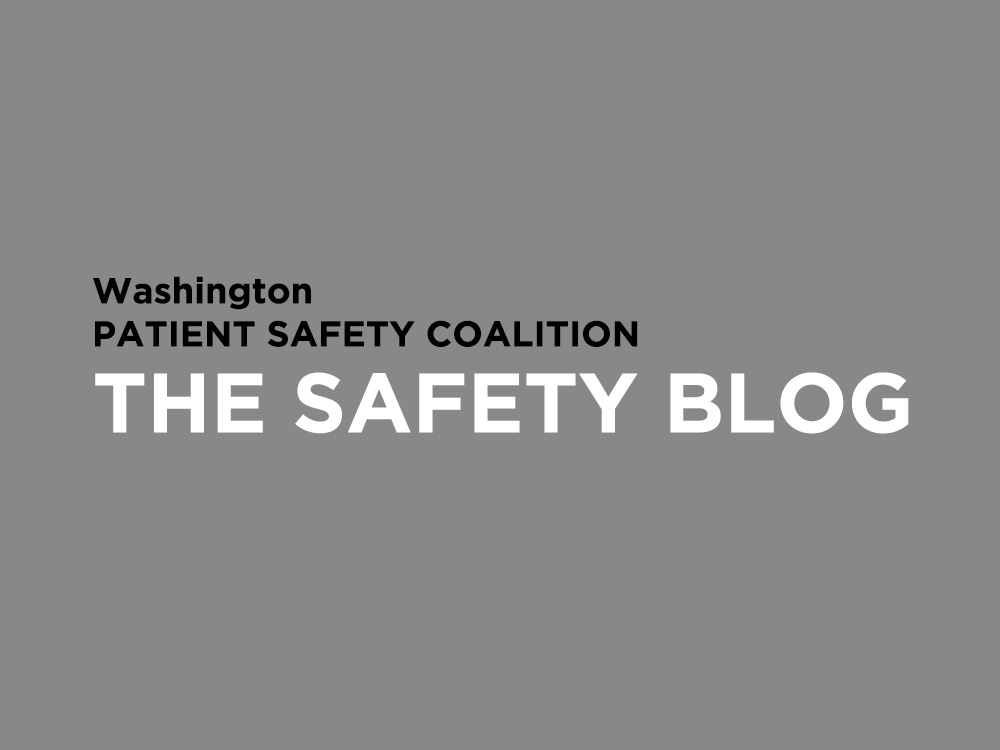- FHCQ Foundation for Health Care Quality
- COAP Care Outcomes Assessment Program
- Spine COAP Care Outcomes Assessment Program
- SCOAP Care Outcomes Assessment Program
- OBCOAP Care Outcomes Assessment Program
- CBDR
- Smooth Transitions
- WPSC Patient Safety Coalition
- Bree Collaborative Bree Collaborative
- Health Equity Health Equity
- Admin Simp
- Contact Us
Deeper Meaning of “dissemination”

Deeper Meaning of “dissemination”
I think it is fair to say that the majority of us who work in the patient safety arena know what is happening in terms of patient care events. For example, those leaders who attend safety committee meetings know the fall rate, pressure ulcer prevalence data, and number of medication errors reported. In addition, if we went around the table we could all cite the policies and procedures we have in place to prevent falls, pressure ulcers, and medication errors. Leaders appear to feel comfortable knowing these policies and procedures have been “rolled out and disseminated” house-wide. Leaders also can state how the error data are shared with the staff either in meetings or posted on safety boards.
Typically, though, there are suggestions of having nurses attend the safety committee so leaders understand what is happening on the unit. Leaders ask those nurses what they can contribute to preventing patient events and ask if practice matches the policies and procedures. Often we will hear the barriers they come across or what their wish list might be to assist with the success of reducing patient events.
That is great information, but not a true representation of how far the understanding has reached the front line staff.
One experience I can share is when I was rounding and talking to staff. I happened to ask a nurse about how she prevented her patient from falls. She was able to articulate the interventions and show how she documented fall risk, etc. I asked her how many falls her unit had in the past month and she was unsure. I asked her how many falls occurred house-wide last month and she said, “ Maybe two or three”? Her response indicated to me that she did not have an accurate understanding of the fall rate.
I proceeded to ask random staff on different shifts and realized the information reached management, but not necessarily those at the bedside.
Take your staff to the safety board and show them: “ Here are the data on falls, you will see a graph each month indicating how we are doing.” Don’t assume staff can read graphs. The data should tell a story that can be digested. Ask staff to use post-it notes to place suggestions for improving patient safety and affix them to the safety board. Find out what information they need to know. Look for gaps and then bring the information back to them.
Poor communication is a common cause of medical errors in healthcare. We need better communication about medical errors in order to work as a team to prevent them.
Nicola Heslip, RN, BSN, CPHQ, LNC, Patient Safety Specialist at Valley Medical Center Thoughts to share with Nicola? We will forward them to her.
Recent Posts
- TakeCharge This Patient Safety Awareness Week: 5 Steps to Safer Healthcare
- Stigma & Bias in Healthcare: The Obstacles, Consequences and Changes Needed
- Agility in Crisis: How The Everett Clinic responded to COVID-19
- Collaboration over Competition: How Pediatric Hospitals Can Thrive When They Work Together
- Reducing Stress for Health Professionals During the COVID-19 Pandemic

